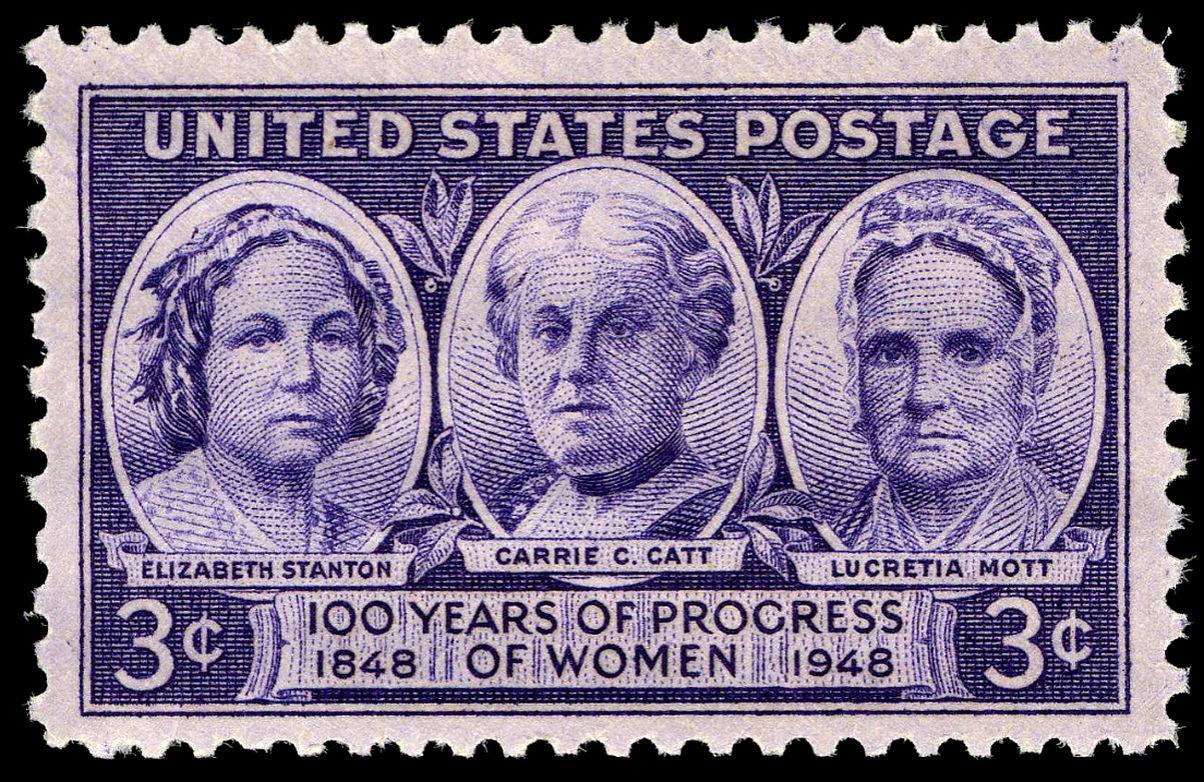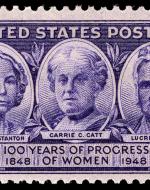Created by Emmett Gill on Tue, 04/16/2024 - 16:06
Description:
The start of the women’s rights movement was a pivotal moment in American history. With promises in the works of the Founding Fathers made promises such as all men being equals according to the Declaration of Independence, women wanted the same rights and promises. The notion of men and women being in “separate spheres” was becoming firmly established in American culture during the nineteenth century, but many women saw a need for this to change to improve their lives. As a result, the women’s movement and events such as the Seneca Falls convention were able to become a major part of “a larger world of upheaval and reform” (Parker). A major goal of these conventions was dismantling the perspective that women were supposed to be lesser, especially for women who were enslaved or impoverished and couldn’t meet an already impossible standard. In her speech at a later convention, circa 1867, Sojourner Truth addressed this directly: “There is a great stir about colored men getting their rights, but not a word about the colored women; and if colored men get their rights, and not colored women theirs, you see the colored men will be masters over the women, and it will be just as bad as it was before”. While the main goal of this speech was fighting for equal rights, Truth ties in and supports the concept of women’s equality to men alongside this argument; both were major movements at the time, and were often able to support each other in speeches such as these.
Furthermore, the argument that the ideology of “separate spheres” was slowly being dismantled at this time as well. Truth addresses the hypocrisy of the argument in her speech, “Ain’t I A Woman?”;
Then that little man in black there, he says women can't have as much rights as men, 'cause Christ wasn't a woman! Where did your Christ come from? Where did your Christ come from? From God and a woman! Man had nothing to do with Him. If the first woman God ever made was strong enough to turn the world upside down all alone, these women together ought to be able to turn it back , and get it right side up again! And now they is asking to do it, the men better let them. (Truth)
Many women, Truth included, were able to refute the arguments that men made in order to try to suppress them under the outdated ideas, even in the nineteenth century, that the patriarchy was trying to maintain. For their efforts,these revolutionary women were able to carve out the foundations of women’s suffrage, and give future generations a gift that they were unable to have. To this day, the women behind this movement have been deservedly commemorated for their efforts.
Works Cited
Truth, Sojourner. “Ain’t I A Woman?”
Truth, Sojourner. “Speech at the American Equal Rights Association, May 9–10, 1867
Parker, Alison M. “The Seneca Falls Convention of 1848: A Pivotal Moment in Nineteenth-Century America.” Reviews in American History, vol. 36, no. 3, 2008, pp. 341–48. JSTOR, http://www.jstor.org/stable/40210932. Accessed 2 Apr. 2024.
U.S. commemorative stamp of 1948, Seneca Falls Convention titled 100 Years of Progress of Women: 1848–1948. Wikipedia, https://upload.wikimedia.org/wikipedia/commons/e/e8/Progress_of_Women_issue_of_1948%2C_3c.jpg.


